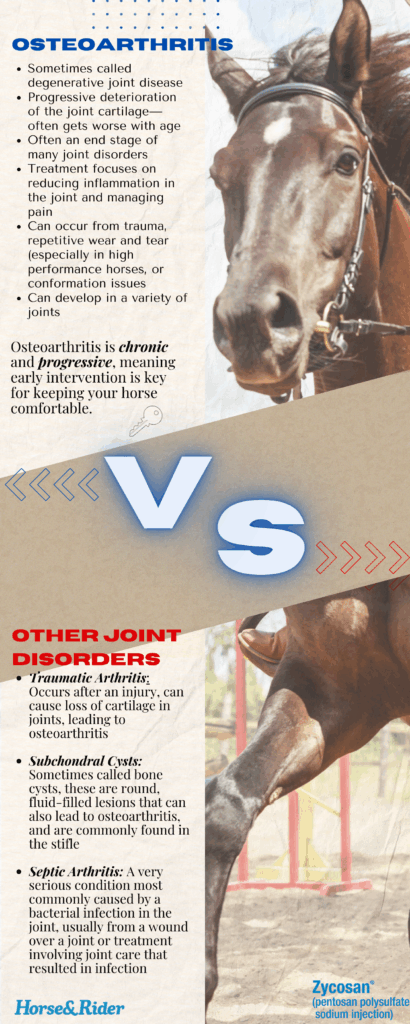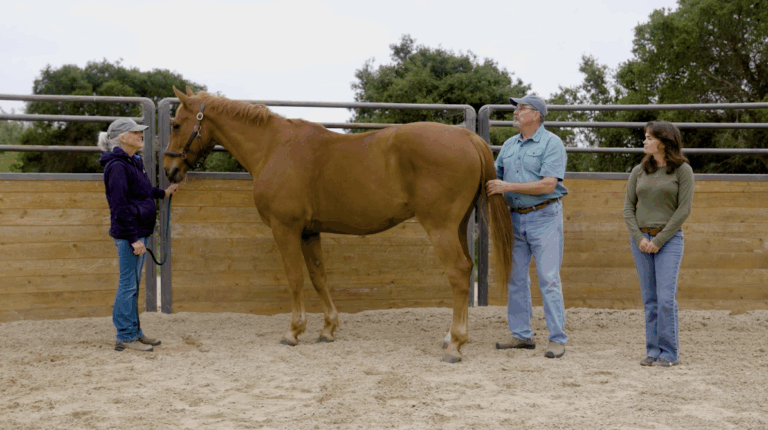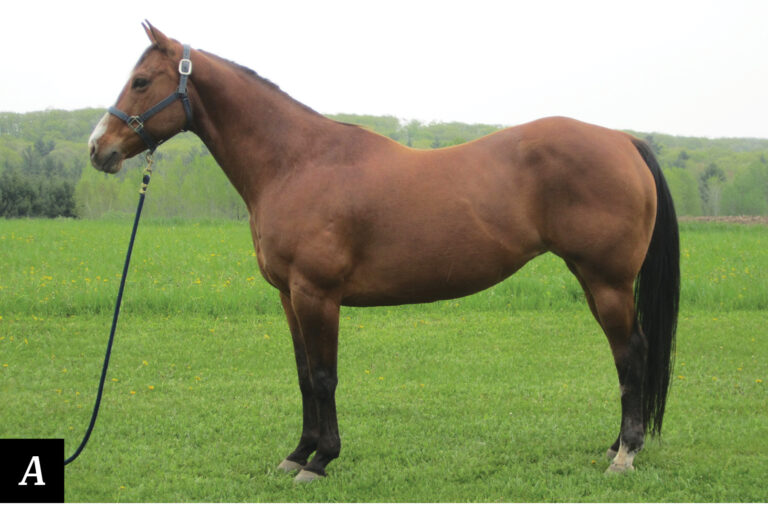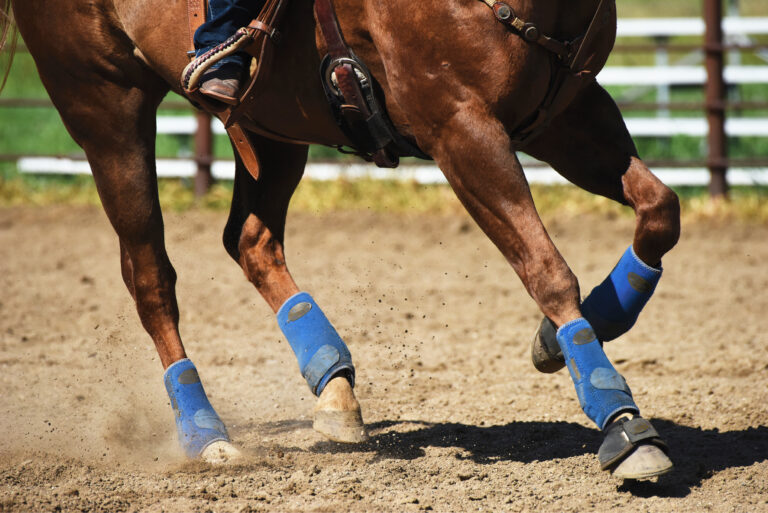Let’s get the hard truth out of the way upfront: osteoarthritis can’t be cured. However, with early intervention, management plans, and specific treatments, OA can be managed and your horse can maintain comfort. In addition, regardless of your horse’s age, you can take steps now to protect the health of his joints. Let’s talk about osteoarthritis prevention.
We’re breaking down everything you need to know about the joint condition, osteoarthritis (OA), during June, thanks to our friends at Zycosan.
Here are our top tips for helping prevent OA or other joint conditions:
1. Weight Maintenance
Carrying excess body weight significantly increases the load placed on your horse’s joints. Over time, this added strain accelerates the breakdown of joint cartilage and contributes to inflammation, which can trigger or worsen osteoarthritis (OA).
Obesity also increases the risk of metabolic disorders like equine metabolic syndrome or laminitis, which can make joint issues worse and reduce your horse’s mobility. Simply put, a horse at a healthy weight will age more comfortably and this can assist in osteoarthritis prevention.
2. Keep Him Moving
Movement is medicine for osteoarthritis prevention and horses with joint conditions. Regular exercise appropriate for his age, development, and training level, keeps your horse’s joints feeling good. It also helps maintain muscle tone, which supports the joints and reduces overall strain on them. Without consistent movement, joints can stiffen, muscles weaken, and inflammation may worsen. Sedentary horses, particularly older ones, often show more discomfort and quicker progression of OA than those with regular physical activity.

3. Stay on the Offense
OA often starts with subtle changes, you might notice slight lameness, reduced range of motion, or stiffness that comes and goes. These early signs can be easy to overlook, especially in horses who are stoic or still performing well. But detecting joint issues early gives you and your veterinarian a much better chance to slow progression, manage inflammation, and preserve your horse’s long-term soundness and comfort. Waiting until symptoms are obvious can mean damage has occurred in the cartilage and now you’re playing defense.
Schedule your horse for at least annual vet exams, but depending on his discipline and age your vet might want to see him more often. Work with your vet to come up with a preventative exam schedule to keep your horse feeling good.
Senior Horse With OA? Keep Him Feeling Good Year-Round
4. Don’t Overwork Your Horse
Joints are durable but not indestructible. Repetitive stress from overtraining and high-impact work, or poor footing can lead to microtrauma that builds over time. This eventually damages cartilage and increasing inflammation. Acute injuries like slips, twists, or hard landings can also spark the onset of osteoarthritis. Once a joint is compromised, it becomes more vulnerable to issues down the road. Protecting joints from both everyday wear and sudden trauma is essential for long-term soundness. Especially in performance horses or those with early signs of joint degeneration.
This means implementing proper warm-up and cooldown periods, scheduling rest days, training on a variety of surfaces to build muscle strength, and knowing your horse’s limits. Be able to understand when he’s telling you he’s done, and don’t push him past the point of exhaustion. An athlete needs plenty of rest, warm-up and cooldown periods, and variety in their workouts to not burnout, and your horse is an athlete.
What does Osteoarthritis look like compared to other joint conditions?

5. Know When to Intervene
Once a joint shows signs of wear or inflammation, supportive therapies can help slow the progression of OA. And also preserve your horse’s mobility and comfort. While joint damage can’t be reversed, using the right combination of supplements, medications, and therapeutic interventions early on can keep your horse feeling and performing better, longer. Talk with your vet about strategies or treatments to either help prevent OA, or treat it once it’s begun progressing. Medications like Zycosan can help control clinical signs associated with osteoarthritis in horses, and by implementing these preventative strategies or treatment once OA appears, you can keep your horse moving, happy, and comfortable, which is what matters most for us horse owners.
Brought to you by:





